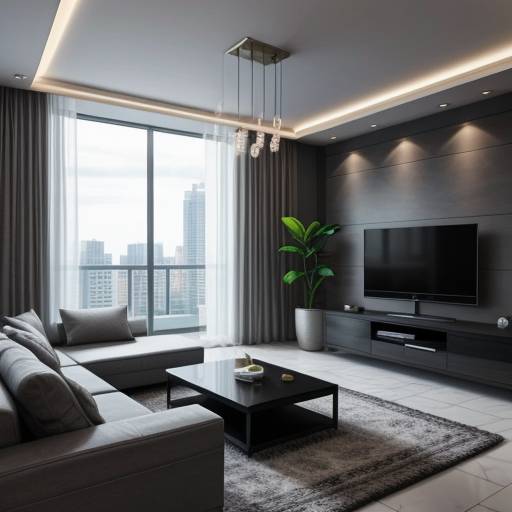Interior design services provide professional design consultancy and solutions for both residential and commercial spaces in Singapore. These services aim to transform spaces by combining aesthetic appeal with functionality. Whether it’s a home or a business, interior designers work closely with clients to understand their vision, preferences, and requirements. The process typically involves several stages, from the initial consultation to the final review and completion. Let’s explore how Interior Design Services transform spaces in Singapore with expert home decor planning and innovative commercial design solutions.
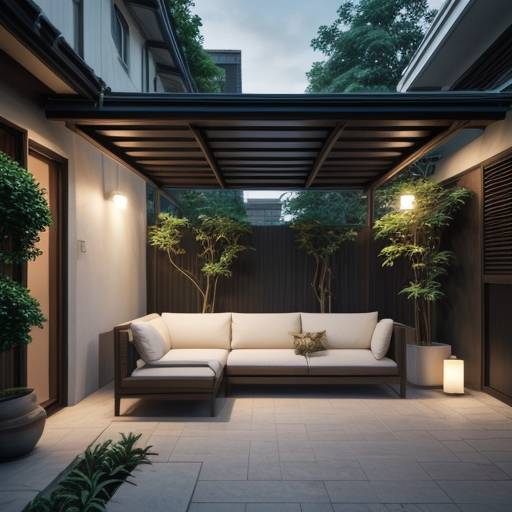
Key Takeaways:
- Interior design services in Singapore offer customized solutions for both homes and businesses.
- Interior designers collaborate closely with clients to understand their design vision and requirements.
- The design process includes stages such as the initial consultation, design concept development, and space planning.
- Material and colour selection, 3D visualization, and budget management are integral parts of the process.
- Interior designers also oversee project management, execution, and final review before handing over the completed project to the client.
Initial Consultation
During the initial consultation, the interior designer meets with the client to gather information and discuss the project requirements. This is an opportunity for the client to share their design preferences, budget, and any specific needs or constraints. The designer may ask questions to get a clear understanding of the client’s vision and expectations. The initial consultation helps establish a design brief and lays the foundation for the project.
Design Concept Development
Once the initial consultation is complete, the interior designer embarks on the journey of developing design concepts. This stage involves creating a vision for the space that takes into consideration various factors such as interior styles, colour schemes, and overall aesthetics. The aim is to translate the client’s preferences and requirements into a cohesive design concept that captures the essence of their desired space.
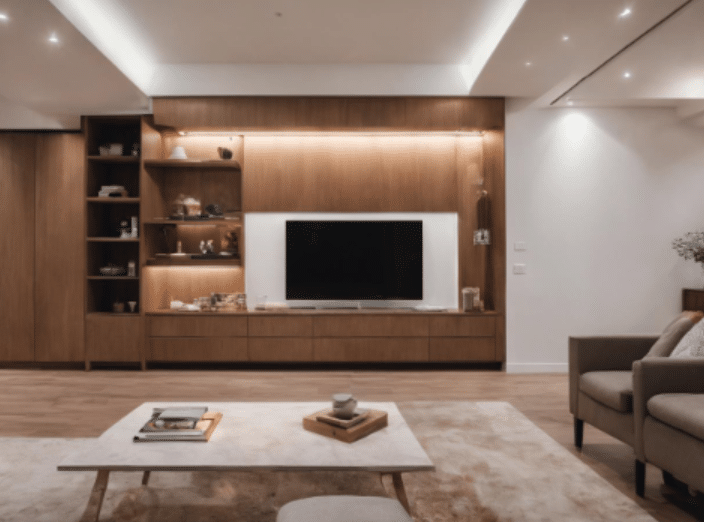
To aid in the visualization process, the designer may create mood boards, which are collages of images, materials, and visual references that depict the overall look and feel of the design. These carefully curated collections of inspiration serve as a visual guide, helping clients and designers align their visions and explore different design possibilities.
Design development is an iterative process where ideas are refined and evolved. The initial concepts are reviewed with the client, allowing for feedback and input that will shape the final design. The designer works closely with the client, collaborating to incorporate their preferences and make necessary adjustments.
Throughout the design concept development stage, the interior designer combines their expertise with the client’s vision to create a comprehensive design plan that captures the desired interior style. This collaborative approach ensures that the final design concept is a true reflection of the client’s personality and meets their functional and aesthetic needs.
The design concept development stage is an exciting and creative journey that transforms ideas into tangible design solutions. It sets the stage for the next steps in the interior design process, where the vision starts to come to life through detailed planning and execution.
| Design Concept Development | Features |
|---|---|
| Creation of a vision for the space | Bringing together various aspects such as interior styles, colours, and aesthetics |
| Use of mood boards | Visual references to help clients visualize different design possibilities |
| Collaboration with the client | Incorporating client preferences and refining the design concept |
| Ensuring the design captures the desired interior style | Reflecting the client’s personality and meeting their functional and aesthetic needs |
Space Planning and Layout
Space planning and layout are crucial aspects of interior design. This stage involves determining the most efficient and functional arrangement of furniture, fixtures, and fittings within the space. The interior designer considers factors such as traffic flow, ergonomics, and the client’s lifestyle or business requirements. The goal is to optimize the use of space while ensuring a harmonious and balanced design.
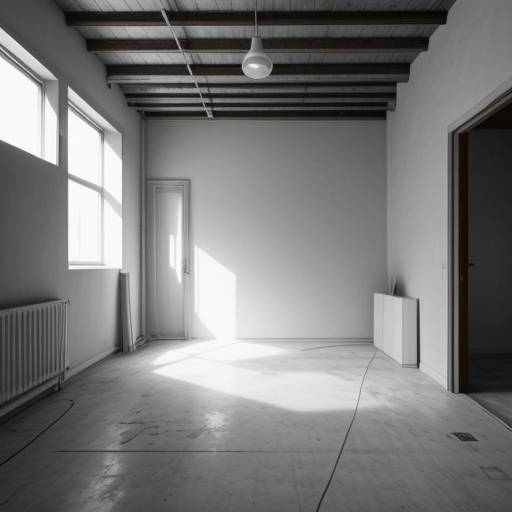
Selection of Materials and Colours
The selection of materials and colours is a crucial aspect of the interior design process. An experienced interior designer assists clients in choosing the most suitable materials, finishes, textures, and colours to achieve the desired look and feel for their space.
When it comes to material selection, the designer takes into consideration factors such as durability, aesthetics, and budget. This includes selecting appropriate flooring options, wall finishes, lighting fixtures, furniture, and accessories. Each choice contributes to the overall ambience and functionality of the space.
The colour scheme is another vital element in interior design. The designer collaborates with clients to determine the colour palette that aligns with their preferences and the intended atmosphere of the room. The choices made for wall paint, upholstery, curtains, and decorative elements create visual harmony and set the mood for the space.
Finishes and textures add depth and interest to the design. Whether it’s choosing a glossy or matte finish, a smooth or textured surface, an interior designer helps clients make informed decisions to enhance the visual aesthetics and tactile experience of the space.
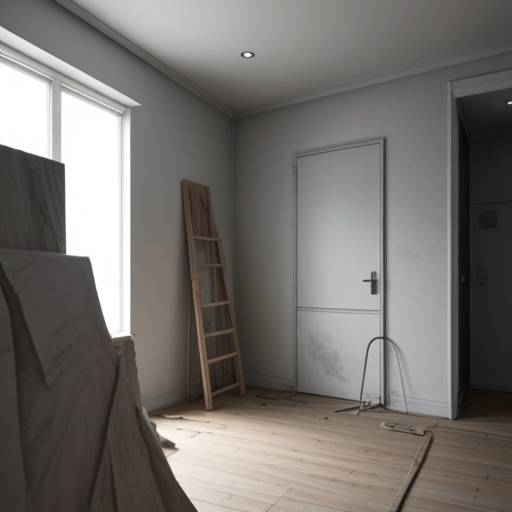
“The selection of materials and colours plays a pivotal role in creating a visually stunning and functional interior. It is the careful combination of these elements that brings a design concept to life.” – Interior Designer
| Material | Description | Key Features |
|---|---|---|
| Hardwood Flooring | High-quality wooden flooring | Durable, timeless appeal, natural warmth |
| Marble | Natural stone with intricate patterns | Elegant, luxurious, and durable |
| Textured Wallpaper | Wall covering with texture and patterns | Adds depth, hides imperfections |
| Metal Finishes | Polished or brushed metal surfaces | Sleek, modern, and reflective |
| Velvet Upholstery | Soft and luxurious fabric | Rich texture, adds elegance |
3D Visualization and Rendering
To help clients better understand the proposed design, interior designers often use 3D visualization and rendering techniques. This involves creating realistic computer-generated images that showcase the space from various angles. Clients can take virtual walkthroughs and get a sense of the final result before implementation. 3D visualization enhances communication, allowing for more accurate design refinement and client feedback.
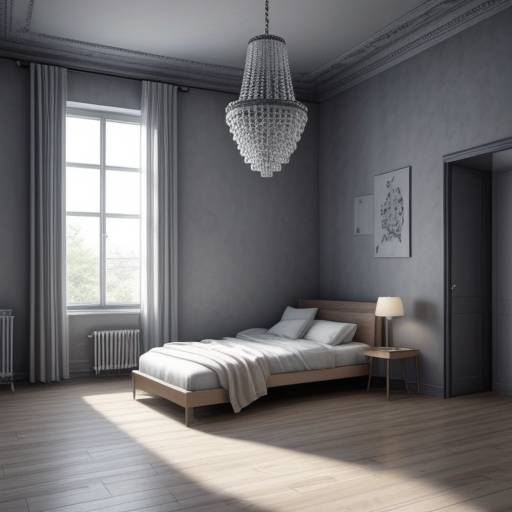
Budgeting and Cost Estimates
Interior design services play a crucial role in helping clients transform their spaces while also staying within their budgetary constraints. With a focus on cost management and accurate cost estimation, interior designers provide clients with detailed breakdowns of expenses, ranging from materials to labour and additional expenses.
This comprehensive approach enables clients to make informed decisions and prioritize elements of the project according to their budget. By understanding the financial parameters, interior designers work closely with clients to ensure that the design process remains within budget while still delivering exceptional results.
Effective cost management throughout the design process allows for a successful outcome and ensures that clients have a transparent understanding of the expected costs.
| Cost Category | Breakdown |
|---|---|
| Materials | Cost of materials such as paint, wallpaper, flooring, lighting fixtures, and furniture |
| Labour | Cost of skilled labour, including professional contractors, carpenters, and electricians |
| Additional Expenses | Cost of any additional services or items required for the project, like permits, delivery fees, or custom-made pieces |
By providing accurate cost estimates and project quotations, interior designers empower clients to make financial decisions that align with their vision and goals. This collaborative approach ensures that the project stays on track and helps avoid any unexpected financial surprises along the way.
Project Management and Execution
Once the design is finalized, the interior designer takes on the role of project manager. This involves coordinating with contractors, suppliers, and other professionals involved in the execution of the design. The designer ensures that the project stays on track, manages timelines and budgets, and oversees the procurement of materials and furnishings. Effective project management ensures a smooth and efficient implementation of the design.
Final Review and Completion
Before the project is considered complete, the interior designer conducts a final review with the client. This is an opportunity to identify any outstanding tasks, address any concerns, and ensure that the design meets the client’s expectations.
During the final review, the client has the chance to provide their approval and make any final adjustments or changes they deem necessary. The interior designer carefully listens to the client’s feedback and incorporates it into the design as appropriate. This collaborative approach ensures that the end result aligns with the client’s vision and preferences.
If there are any snagging works that need to be addressed, the interior designer takes the necessary steps to rectify them. Snagging refers to the process of fixing any defects, errors, or issues that may have arisen during the execution of the project. This attention to detail ensures that the final result is of the highest quality and meets the desired standards.
Once the final adjustments and snagging works are completed, the interior designer seeks the client’s final approval. This signifies that the project has met all the required specifications and is ready for handover.
Handover is the final stage of the interior design process. It involves formally transferring ownership of the completed project to the client. At this point, all necessary documentation, warranties, and instructions are provided to the client. The interior designer ensures a smooth transition and provides any necessary guidance on maintenance or ongoing care.
The final review and completion stage of an interior design project demonstrate the commitment of the interior designer to delivering a satisfactory outcome. It allows for client collaboration and ensures that all aspects of the design are carefully considered and addressed before the project is handed over for the client to enjoy and appreciate.
Conclusion
In conclusion, interior design services play a critical role in transforming spaces, whether it’s a residential home or a commercial establishment in Singapore. By availing these services, clients can benefit from expert design consultancy, enabling them to customize their spaces and create a unique style that reflects their personality and meets their functional needs.
With the guidance of professional interior designers, clients can turn their visions into reality. These designers are equipped with the knowledge, skills, and creativity to bring innovative solutions to the table. They understand the latest trends in interior design and can incorporate them into the overall concept, resulting in spaces that are not only aesthetically pleasing but also functional and practical.
Whether it’s a home decor planning project or a commercial design solution, interior design services in Singapore offer a wide range of options tailored to individual preferences and requirements. From initial consultations to final review and completion, these services ensure a seamless design process that allows clients to enjoy their newly transformed spaces.
FAQ
How do interior design services work?
Interior design services provide professional design consultancy and solutions for both residential and commercial spaces in Singapore. These services aim to transform spaces by combining aesthetic appeal with functionality. Whether it’s a home or a business, interior designers work closely with clients to understand their vision, preferences, and requirements. The process typically involves several stages, from the initial consultation to the final review and completion.
What happens during the initial consultation?
During the initial consultation, the interior designer meets with the client to gather information and discuss the project requirements. This is an opportunity for the client to share their design preferences, budget, and any specific needs or constraints. The designer may ask questions to get a clear understanding of the client’s vision and expectations. The initial consultation helps establish a design brief and lays the foundation for the project.
How are design concepts developed?
Based on the information gathered during the initial consultation, the interior designer starts developing design concepts. This stage involves creating a vision for the space, considering factors such as interior styles, color schemes, and overall aesthetics. The designer may create mood boards, visual references, and sketches to help the client visualize different design possibilities. The design concept is refined and developed further in collaboration with the client.
What is involved in space planning and layout?
Space planning and layout are crucial aspects of interior design. This stage involves determining the most efficient and functional arrangement of furniture, fixtures, and fittings within the space. The interior designer considers factors such as traffic flow, ergonomics, and the client’s lifestyle or business requirements. The goal is to optimize the use of space while ensuring a harmonious and balanced design.
How are materials and colors selected?
The selection of materials and colors is an integral part of the design process. The interior designer helps the client choose suitable materials, finishes, textures, and colors to create the desired look and feel. This includes selecting flooring, wall finishes, lighting fixtures, furniture, and accessories. The designer considers factors such as durability, aesthetics, and budget while guiding the client in making informed decisions.
What is 3D visualization and rendering?
To help clients better understand the proposed design, interior designers often use 3D visualization and rendering techniques. This involves creating realistic computer-generated images that showcase the space from various angles. Clients can take virtual walkthroughs and get a sense of the final result before implementation. 3D visualization enhances communication, allowing for more accurate design refinement and client feedback.
How does budgeting and cost estimation work?
Interior design services include budgeting and cost estimation to ensure that the project remains within the client’s financial parameters. The designer provides a detailed breakdown of costs, including materials, labor, and any additional expenses. This allows the client to make informed decisions and prioritize elements of the project according to their budget. Cost management throughout the design process is critical to a successful outcome.
What is the role of project management in interior design?
Once the design is finalized, the interior designer takes on the role of project manager. This involves coordinating with contractors, suppliers, and other professionals involved in the execution of the design. The designer ensures that the project stays on track, manages timelines and budgets, and oversees the procurement of materials and furnishings. Effective project management ensures a smooth and efficient implementation of the design.
What happens during the final review and completion stage?
Before the project is considered complete, the interior designer conducts a final review with the client. This is an opportunity to identify any outstanding tasks, address any concerns, and ensure that the design meets the client’s expectations. Any necessary adjustments or snagging works are carried out, and final approvals are obtained. Once everything is in order, the project is ready for handover to the client.
How do interior design services enhance spaces in Singapore?
In conclusion, interior design services play a critical role in transforming spaces, whether it’s a residential home or a commercial establishment in Singapore. These services provide expert design consultancy, helping clients customize their spaces to reflect their unique style and meet their functional needs. With professional guidance and innovative solutions, interior designers turn visions into reality, creating spaces that are both aesthetically pleasing and practical


